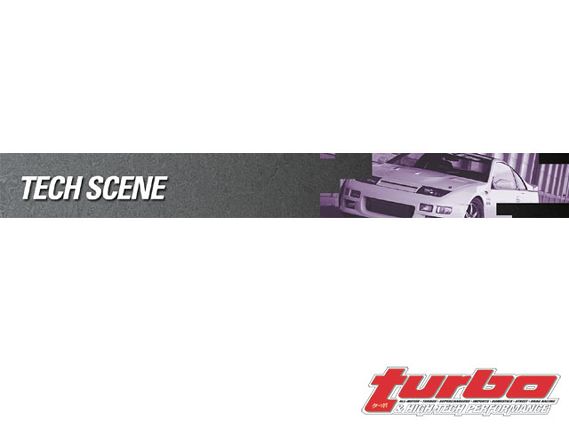 | Project Car Buying 101 - Tech Scene
| Project Car Buying 101 - Tech Scene
Like clockwork, my boss comes weekly into my office, usually on a Monday, and asks me if I bought any cars over the weekend. Not "How are you?" or "How was your weekend?" I admit I have a problem with cars-I admited that in this column, too. I can't say no to a good deal. Maybe my stable of 11 cars (depending on the day you count) has something to do with it. It also doesn't help that one of my brothers owns a dismantling yard and the other owns a used car lot, so I usually find good deals from family members. Fortunately, I have an understanding wife.
So I know a bit about Project Car Buying 101. I could teach it. With the knowledge I've gained over the years, I've become the designated car shopping friend. And it always starts out with, "Hey, are you busy tomorrow?"
The most important thing to remember when purchasing a used car is to start with a straight platform. Always check the frame rails and shock towers of the vehicle. If the car is driveable, I highly recommend taking it to the alignment shop and having them check if the car is straight. Most shops will charge you about $30 for the inspection. The money spent is well worth the effort.
There are also six key points on a car that should be checked: both rear quarters, both front quarters, and front and rear core support. The easiest way to see if the car has been in a major accident is by checking these key spots.
Unfortunately, the area needing inspection is usually covered by interior panels or intake boxes. Even a battery can cover damage. If the seller really wants the car sold, there won't be any issues removing the items for damage inspection. If the seller forbids the removal, there's usually something to hide and you should move on to the next car.
Look for obvious signs like new paint, rust and different color panels. Equally as important is checking the gaps on all the panels. For example, the gap between the door and the front fender and rear quarter panel should be identical on both sides. If they're not, most likely the door has been removed for some repair in the past. Also, the front end where the fenders meet the hood and bumper should be uniform all the way around.
With the frame in order, it's now time to check the engine. If you're planning to use the engine and not perform a swap, bring a compression tester. This will help eliminate the possibility of a bad engine. Make sure the compression readings from all the cylinders are within 10 percent of each other. For more info, check the March 2003 issue. Look for oil leaks throughout the entire engine; a bad oil seal can lead to bigger problems in the future. This will give you an idea of whether the owner maintained the car or used it as a beater. Open the oil cap and inspect the valvetrain, if possible. Also open the radiator cap to see if the coolant is green and not brown from rust.
After inspecting the engine, start it up and let it idle for a while. Some of the cars I've inspected over the years have overheated while parked in the driveway or started spewing oil after a couple of minutes of idling.
Last, but not least, is the road test. Always leave the radio off so you can listen to the vehicle. Listen carefully for possible bearing failures, drivetrain noise and suspension squeaks. Drive with the windows up and down to ensure no sounds go unnoticed.
Does it drive straight? Does it pull to one side? Do the brakes work well? Is the check engine light on? Water temp OK? These are important questions anyone buying a car should ask. Are there maintenance records on the car?
Hope all these tips will help you find your perfect project car. Remember, patience is a virtue. Unfortunately, I never had any.
